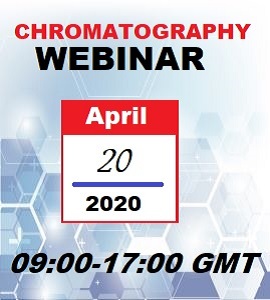AntÃa Lestido Cardama
University of Santiago de Compostela, Spain
Title: Identification of potential migrants present in polymeric coatings in food cans
Biography
Biography: AntÃa Lestido Cardama
Abstract
Polymeric coatings are commonly used in metal food cans to protect food from corrosion. However, there is a risk that coatings used in cans release complex chemical mixture into foodstuff including monomers, oligomers, additives, impurities, reaction products, etc. It is important to develop analytical tools for the identification of these potential migrants in the food packaging with the ultimate objective of ensure the consumer safety. A total of twelve food cans that cover several types of food (fish, vegetables, fruit, etc.) were selected as study samples. In a first step, after an extraction with acetonitrile, a non-targeted screening by gas chromatography coupled to mass spectrometry (GC-MS) was performed for migrant identification. Then, in the second part, a targeted analysis was carried out for the simultaneous determination of thirteen compounds including bisphenols (BPA, BPB, BPC, BPE, BPF, BPG) and BADGEs (BADGE, BADGE.H2O, BADGE.2H2O, BADGE.HCl, BADEGE.2HCl, BADGE.H2O.HCl, cyclo-di-BADGE) by liquid chromatography coupled to tandem mass spectrometry (LC-MS/MS) with atmospheric pressure chemical ionisation (APCI) source. The separation of the analytes was achieved on a Phenosphere 80A ODS (150 * 3.2 mm, 3 µm) column and using a gradient of water and acetonitrile:methanol (50:50) as mobile phase. The screening reveals the presence of a great variety of compounds including plasticizers, photoinitiators, antioxidants, lubricants, etc. The developed method by LC-MS/MS turned out to be an excellent analytical tool for the confirmation of the presence of bisphenol related compounds in the can extracts being cyclo-di-BADGE the predominant compound detected. The study was financially supported by the Ministerio de Ciencia, Innovación y Universidades, by Fondo Europeo de Desarrollo Regional (FEDER), and by Agencia Estatal de Investigación Ref.No. PGC2018-094518-B-I00 “MIGRACOATING” (MINECO/FEDER, UE). Antía Lestido is grateful for her grant “Programa de axudas á etapa predoutoral” da Xunta de Galicia (Consellería de Cultura, Educación e Ordenación Universitaria).

